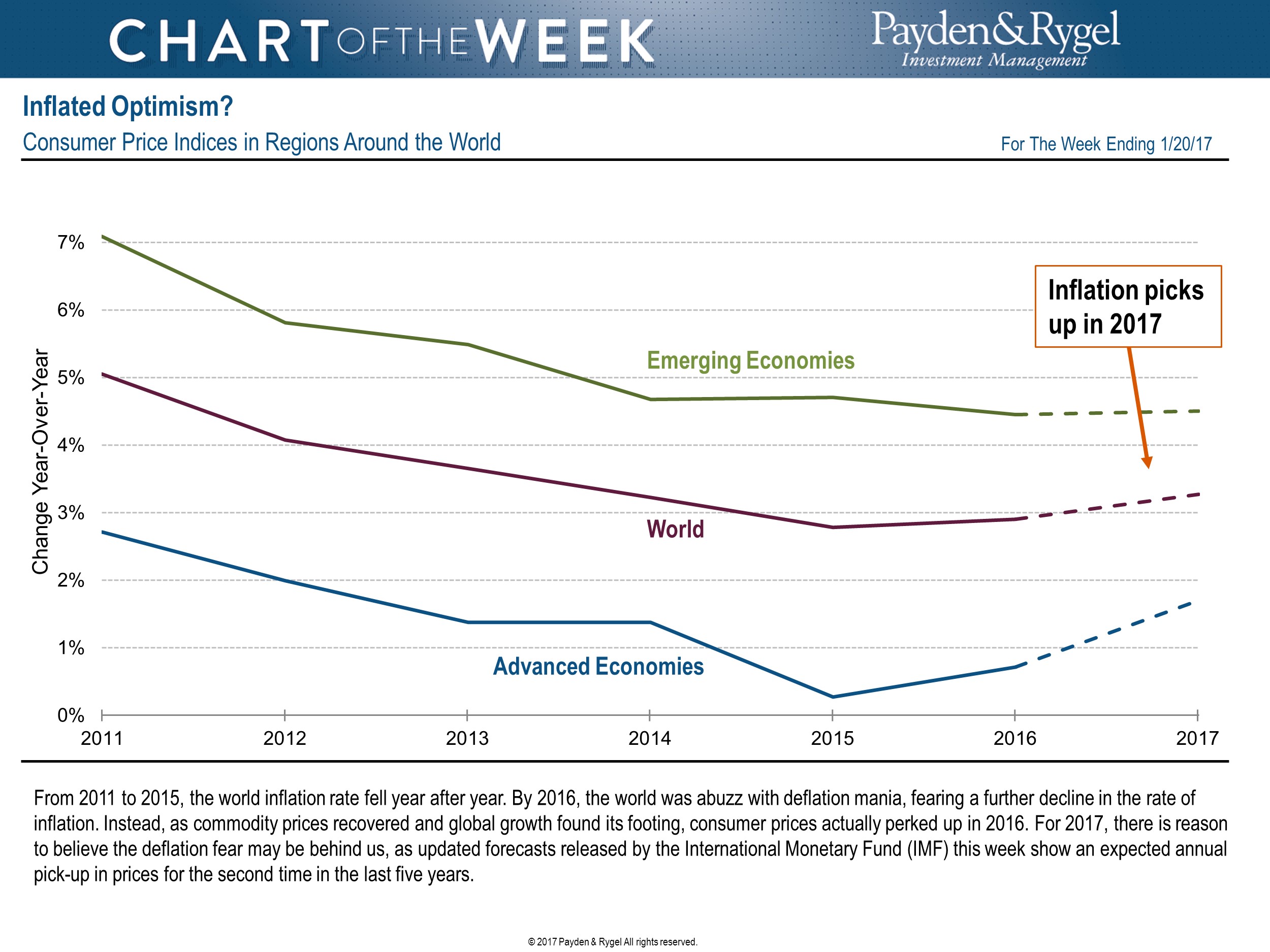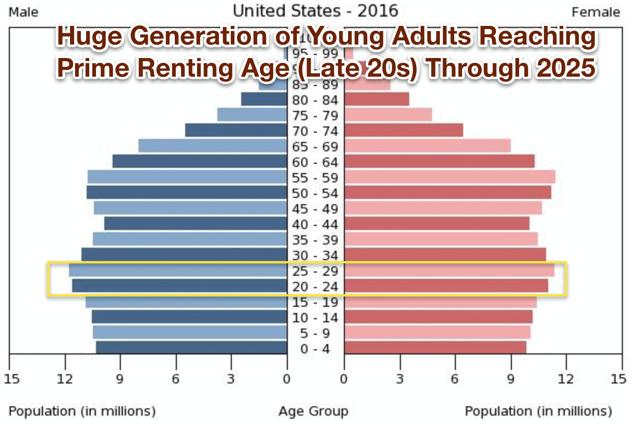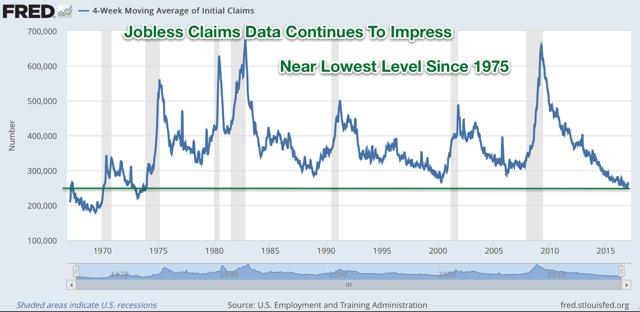Relatively poor funds in 401k - Need help Thank you all!
Based on the responses I have seen so far, probably, I am expecting too much from a typical 401k as far as fund options are concerned. My previous 401k was horrible with just one American fund for entire International/Global/EM asset classes. When I questioned, our company rep for 401k told me that 'we invest conservatively'. Never expected such nonsensical reply. However, we were given a choice to open brokerage a/c with TDA.
I am passionate individual investor and read many books on investing and asset allocation to educate myself since 2004. Having started investing from 2000, and following M* forum and Fund Alarm/MF Observer since 2004, I know a bit about asset allocation. I have close to 20 funds as I have 5 IRA/Roth IRA accounts across V'rd and TDA for me and my wife. Overall it is a very diversified portfolio with Global, US LCap/MCap/SCap, International, EM, and Bond funds.
Based on what funds I chose in this 401k account, as you suggested, I may have to adjust my IRA accounts to ensure that my overall portfolio is well balanced with the best funds chosen in the available options.
Fidelity Index funds, bond fund, OAKBX are solid options. Looking at M* statistics, Janus fund, Northern small cap, both section funds (if I decide to invest in them), and Invesco Developing markets funds seem to be good choices. Since I don't know much about these funds, looking for expert comments from those of you, who know more about them.
Appreciate your help.
Thanks,
Mrc
Relatively poor funds in 401k - Need help The choices you have are not the worst by far but it is what it is. One idea would be to use index and growth funds for your 401k and pick Good international funds with your ira. Be sure to include both into one portfolio. Dividing your investments makes things confusing.
Relatively poor funds in 401k - Need help mrc, first, I'd 'second' msf's comments about picking the best available choices in the 401k, then rounding out elsewhere.
Beyond that, except for the absence of a stable-value fund, I am salivating at your plan choices. You have low-cost index funds for L/M/S-caps. You have 2 decent bond choices, 2 very good sector funds, and a good balanced choice.
I think you are being too 'hard' on your plan. I think they have given you a stable of good 'core' options. Maybe... maybe they are lacking in not offering a junk bond vehicle, but that is a minor point.
Relatively poor funds in 401k - Need help What I've done when investing in vehicles with limited menus is pick the best they had to offer and then round out my portfolio elsewhere.
Since you say there are a number of good funds in the 401k even if it doesn't offer you a complete array of first rate choices, you can start with those funds. Then adjust your IRAs to give you your desired portfolio allocation.
That is unless there's a particular reason why you want to treat these as separate portfolios. For example, you might be planning to retire at age 55 and draw on the 401k for the first few years. You can do that without penalty with a 401k, but you generally have to wait until age 59.5 to get money out, penalty-free, from an IRA.
DSEUX / DLEUX @davidmoranFor what interest it holds...
I spoke with a gentleman from the DL Advisory Group on Jan.
13th about brokerage availability. He said that the plans are to have DLEUX/DSEUX available on every platform possible, that it should be available for purchase at Schwab very shortly, that Fidelity typically takes reverse inquiry, and after that they make it available. He was unsure about how long it will take for Vanguard or Scottrade to approve the fund for purchase.
He added that fund availability works two ways: It is DL and the custodian. He said that DL is able to get on most of them within the first three months of the year.
Relatively poor funds in 401k - Need help Hi,
Could you please help me in identifying better choices in the following? I have IRAs with Vangard and TDA, where I have superb choices and invested in funds ike VDIGX, VHCOX, ARTKX, FPACX, AKREX, SFGIX, GPGOX, etc.
There are some good funds like OAKBX, Janus Enterprise, V'rd health care, bond funds, index funds, etc. in this list, but overall disappointing choices in my opinion.
I am comfortable with my allocation %ages for various asset classes, so where I need the advice is just in identifying good funds, not overall asses allocation. Appreciate all of your help.
LCap
****
Janus Enterprise Fund Class N (JDMNX) Stock
American Beacon Large Cap Value Fund Class Institutional (AADEX) Stock
Fidelity® Capital Appreciation Fund - Class K (FCAKX) Stock
Fidelity® 500 Index Fund - Institutional Class (FXSIX) Stock
Fidelity® Large Cap Growth Index Fund - Premium Class (FSUPX) Stock
Fidelity® Large Cap Value Index Fund - Premium Class (FLCHX) Stock
MCap
****
Fidelity® Mid Cap Index Fund - Premium Class (FSCKX) Stock
MFS Mid Cap Value Fund Class R6 (MVCKX) Stock
Fidelity® Extended Market Index Fund - Premium Class (FSEVX) Stock
Scap
****
Northern Small Cap Value Fund (NOSGX) Stock
Loomis Sayles Small Cap Value Fund Class N (LSCNX) Stock
UBS U.S. Small Cap Growth Fund Class P (BISCX) Stock
Fidelity® Small Cap Index Fund - Premium Class (FSSVX) Stock
Balanced
********
Oakmark Equity And Income Fund Investor Class (OAKBX) Blend
Sector
******
Cohen & Steers Realty Shares Fund (CSRSX) Stock
Vanguard Health Care Fund Admiral Shares (VGHAX) Stock
International/Global
********************
Deutsche Global Small Cap Fund Institutional Class (KGDIX) Stock
Invesco Developing Markets Fund R5 Class (GTDIX) Stock
Fidelity® International Discovery Fund - Class K (FIDKX) Stock
Bonds
*****
Fidelity® Total Bond Fund (FTBFX) Bond
Vanguard Inflation-Protected Securities Fund Admiral Shares (VAIPX) Bond
Money Market
************
Putnam Stable Value Fund Bond
Fidelity® Investments Money Market Government Portfolio - Class I (FIGXX) Short Term
Retirement Series
*****************
FIAM Target Date 2060 Commingled Pool Class S Blend
FIAM Target Date 2055 Commingled Pool Class S Blend
FIAM Target Date 2050 Commingled Pool Class S Blend
FIAM Target Date 2045 Commingled Pool Class S Blend
FIAM Target Date 2040 Commingled Pool Class S Blend
FIAM Target Date 2035 Commingled Pool Class S Blend
FIAM Target Date 2030 Commingled Pool Class S Blend
FIAM Target Date 2025 Commingled Pool Class S Blend
FIAM Target Date 2020 Commingled Pool Class S Blend
FIAM Target Date 2015 Commingled Pool Class S Blend
FIAM Target Date 2010 Commingled Pool Class S Blend
FIAM Target Date 2005 Commingled Pool Class S Blend
FIAM Target Date Income Commingled Pool Class S Blend
Investors race back to U.S. bond funds Inflated Optimism?
Economic Overview:Week Ending January 20, 20
17 © 20
17 Payden & Rygel All rights reserved.
From 20
11 to 20
15, the world inflation rate fell year after year. By 20
16, the world was abuzz with deflation mania, fearing a further decline in the rate of inflation. Instead, as commodity prices recovered and global growth found its footing, consumer prices perked up in 20
16. For 20
17, there is a reason to believe the deflation fear may be behind us, as updated forecasts released by the International Monetary Fund (IMF) this week show an expected annual pick-up in prices for the second time in the last five years.
 Highlights of the Week:Treasuries:
Highlights of the Week:Treasuries: Treasury markets absorbed stronger inflation and housing data this week. Yields ground higher every day in this holiday-shortened week. The icing on the cake was Yellen’s speech on Wednesday where no one anticipated any remarks with regards to monetary policy and received hawkish ones at that.
Securitized Products: The ABS market is following along with Ford auto receivables bringing a fully compliant ABS deal both regarding the 5% risk retention requirement and full loan level disclosure. The queue for next week is also full of issuers ready to hit the marketplace.
High Yield:In this environment, the market has room to compress further, particularly given low expected default rates. Prudent, valuation-conscious investors should be rewarded.
Emerging Markets: The latest activity
data from China was a reminder of the country’s adjustment from investment-led to consumption-driven growth. December industrial production and xed asset investment growth eased modestly to 6.0% year-over-year (y/y) and 8.
1% y/y, respectively, while
retail sales came better than expected at 10.9% y/y.Municipals Municipal bond funds experienced a second consecutive week of in ows, taking in an additional $511.74 million. Investor demand has been strong, with $10 billion in new issuance well received and broad follow-through in secondary trading.
https://www.payden.com/weekly/wir012017.pdf
Honey. I think the kids are (finally ) leaving ! + We Look Back At Obama Years From Hoya Capital
...demographics over the next ten years are highly favorable to apartment demand. Rent growth data will certainly be interesting over the next several years: it will be a battle between high levels of supply and high levels of demand.

Real Estate Weekly: Trump Takes Office, We Look Back At Obama Years
Hoya Capital Real Estate Jan. 20, 2017
With Donald Trump taking office this week, we think it's interesting to look back at the performance of REITs under the Obama Administration.
REITs returned an average of 13% per year (price) and roughly 17% including dividends. Interesting, this 175% holding period return is almost exactly inline with the broader S&P 500 index.

It's important to note the context, though. Obama took office at almost the exact bottom of an 80% decline in REIT values over the preceding 18 months as the REIT ETF bottomed just a month after inauguration.
Bottom Line So how will real estate perform under Trump? Well, we can pretty confidently say that commercial real estate won't perform as well under Trump as they did under Obama, but that should be rather obvious. Trump enters office at a time that commercial real estate values are near record highs and valuations appear healthy. Based on prevailing cap rate and economic growth expectations, REIT investors should continue to expect a 5-8% average annual total return with plenty of annual volatility.
http://seekingalpha.com/article/4038310-real-estate-weekly-trump-takes-office-look-back-obama-years
Treasury yields are up since Election Day. The benchmark 10-year Treasury is currently trading at 2.47% (as of Jan. 19, based on daily data via Treasury.gov). That’s up from 1.90% on Election Day and close to the highest level in two years.


http://www.capitalspectator.com/moderate-us-growth-prevails-at-dawn-of-trump-era/
Investors race back to U.S. bond funds
Chaz De Vaulx on WealthTrack Thank you. Charles De Vaulx gave one of the very best interview on value investing, and why he is holding nearly 40% cash. He shares similar view to First Eagle's Matthew McLennan (previous WealthTrack interview) who also have difficult time find quality value stocks. First Eagle Global fund holds 17% cash.
I still have a small position with IVA Worldwide fund even though it has been closed since 2011. It is one of the few true "tortoise" fund.
Lewis Braham: Vanguard's Climate-Change Dismissal "President Trump is committed to eliminating harmful and unnecessary policies such as the
Climate Action Plan and the
Waters of the U.S. rule. Lifting these restrictions will greatly help American workers, increasing wages by more than $30 billion over the next 7 years."
https://www.whitehouse.gov/america-first-energy(Embedded links to Climate Action Plan and WOTUS are mine, not in original.)
Assume for the sake of argument that the dollar figures are correct, and disregard any additional health care costs due to increased pollution. At
150M+ workers in the US, that comes out to $200/worker over seven years, $28/year, 50c/week. $30B to workers sounds like a lot until you do the arithmetic.
Start following the real money (read: oil, coal, agribusiness).
European Value Mutual Fund When looking at MEURX returns, keep in mind that it regularly hedges currency. This has made it look especially good over the past few years. I think it's a good low cost fund, but because of the hedging it behaves differently from most other funds.
As Vanguard points out, hedging involves additional costs. Although the increased operational costs are reflected in a fund's ER, the additional transaction costs (
1-
18 basis points) are not.
See text and Figure 2 on p. 4.
https://personal.vanguard.com/pdf/ISGCMC.pdfFWIW, I'm not a fan of hedging, but have invested in at least three different hedged funds I can recall, so it's not something I'm dogmatic about.
Lewis Braham: Vanguard's Climate-Change Dismissal The other interesting outlier here is State Street and its SPDR ETFs. They vote differently on these environmental issues:
mobile.reuters.com/article/idUSKCN11C2HKSo it is possible for ordinary index fund managers, not just socially responsible ones to think differently.
I would think in Fidelity's case active managers who want a specific outcome for a proxy vote as they think it would benefit shareholders would vote differently in some cases, although one could argue--and companies like Vanguard and Blackrock do argue this--that all funds should be active in their proxy voting especially on issues like board composition and executive compensation, but also climate change. Both index and active fund shareholders can benefit from well governed companies. So far though you're right that they've been more talk than action.
Lewis Braham: Vanguard's Climate-Change Dismissal Most people don't pay any attention to what they invest in through their 401k or even a broker. I tried for years to get my Austinite ex hippy sister to pay attention to the multiple large cap funds in her 401k... couldn't be bothered. My son believes in Tesla but won't ask his employer to add TIAA's socially conscious fund to their 401k.
We can add to Vanguard's insensitivity or ignorance ( depending on your fervor of belief in climate change) their opaqueness about their management process.... there may not be a familial dynasty behind the scenes but have you ever tried to figure out how you (supposedly a shareholder) can influence policy at Vanguard, or how mush their mangers are paid or even how they are paid? They don't get stock but there is a special "investment account" that they own shares of. I have tried but have been unsuccessful in finding an annual report or even balance sheet of the Vanguard Management group, even though as a shareholder they "work for me".
The same supposedly "independent" Board of Trustees at Vanguard oversees 198 separate funds, in addition to their day jobs. Obviously they spend little time on proposals that Vanguard management does not support or wants them to see
Perhaps increased pressure on those who are public figures (Amy Gutman head of U Penn) might have an effect... But given the amount of time she spends on Vanguard ( her Wikopedia page lists about 10 other commissions etc she is involved in) and the paltry ($230,000 ) compensation she gets, I doubt it
Lewis Braham: Vanguard's Climate-Change Dismissal I wrote: "Thanks to Lewis for the info on Blackrock's change of heart, since its 20
15 voting performance was 0%."
Perhaps little has changed.
FT (Nov. 26, 2016) quotes a Blackrock shareholder motion: “BlackRock’s publicly reported proxy voting record reveals consistent votes against virtually all climate-related resolutions . . . even when independent experts advance a strong business and economic case for support.” The FT article goes on to note that Blackrock voted against climate change resolutions in 20
16 at ExxonMobil, Chevron, Oxy, and Conoco.
NYTimes, Jan 16: "[D]uring the most recent reporting period ending on June 30,BlackRock voted 96.3 percent of the time to support compensation policies across the Standard & Poor’s 500-stock index, according to Proxy Insight. It also voted against every shareholder proposal relating to diversity, environment, governance and social concerns over the last year"
Is this another case of "watch what I do, not what I say"?
IBD's Paul Katzeff: What's behind American Century All Cap Growth Fund's rally Less than one month into 2017. Nobody should hang a hat on this yet. For those that wonder, this is the old GiftTrust Fund that had its issues some years well back. Now as All Cap Growth, one can purchase without the trust feature if they wish.
European Value Mutual Fund Evermore Global Value (EVGIX/EVGBX) looks interesting, but the expenses that investors actually pay according to the latest M* Prospectus are
1.53% and
1.78%, respectively. Of course, these actual expenses cannot be found on the M* front pages or expense pages of these funds.
I would also consider MEURX (
1.05% ER) available according to test trades in retirement accounts at Wellstrade ($250 minimum) and TDAmeritrade ($
100K minimum).
If it were my money, I would buy DLEUX/DSEUX (ER 0.9
1/0.66%) based on the excellent backtested performance of the underlying index posted previously by
@davidrmoran:
ArticleKevin




